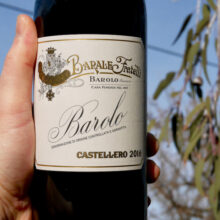
Product information
Barale Barolo ‘Castellero’ 2016
Nebbiolo from Barolo, Italy
$153
Description
When I first tried this going on 9 months ago I couldn’t see how it could quite come together. The tannins appeared angular the fruit closed. Now, May 2021, the picture has changed dramatically. Time has been good, very good for Barale’s Castellero. The fruit expression is energetic and vital. Juicy acid and fruit is deceptive in it’s elegance as some serious depth of flavour awaits. Fresh red fruits are wrapped with a little earthiness, a savoury, almost bloody hit, and topped with a layer of fine perfume. The tannins have lengthed, and evened out. A little dusty, they’re of very high quality and depth. Depth or layering of tannins is something often missed talking about mouthfeel. It makes such an incredible difference to any wine. As David notes the flavour and aroma profile now have a Burgundian feel to them.
If scores are your thing, if you see one from the initial release 9 months ago add at least 1 point to it.
Out of stock



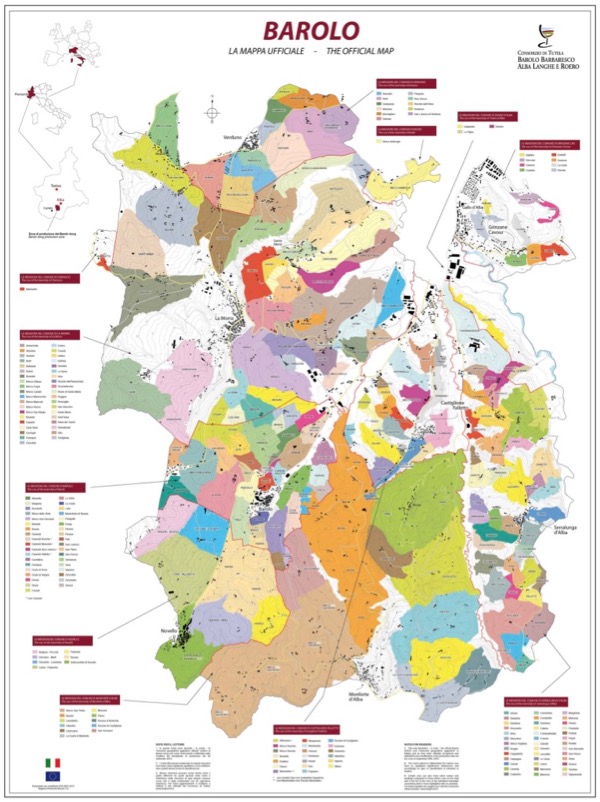
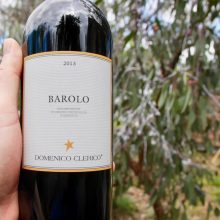
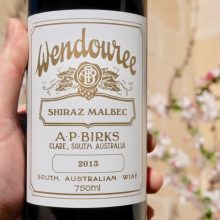
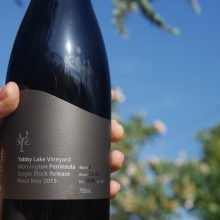
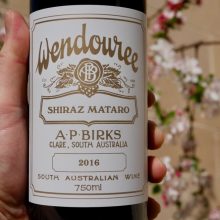
You must be logged in to post a comment.